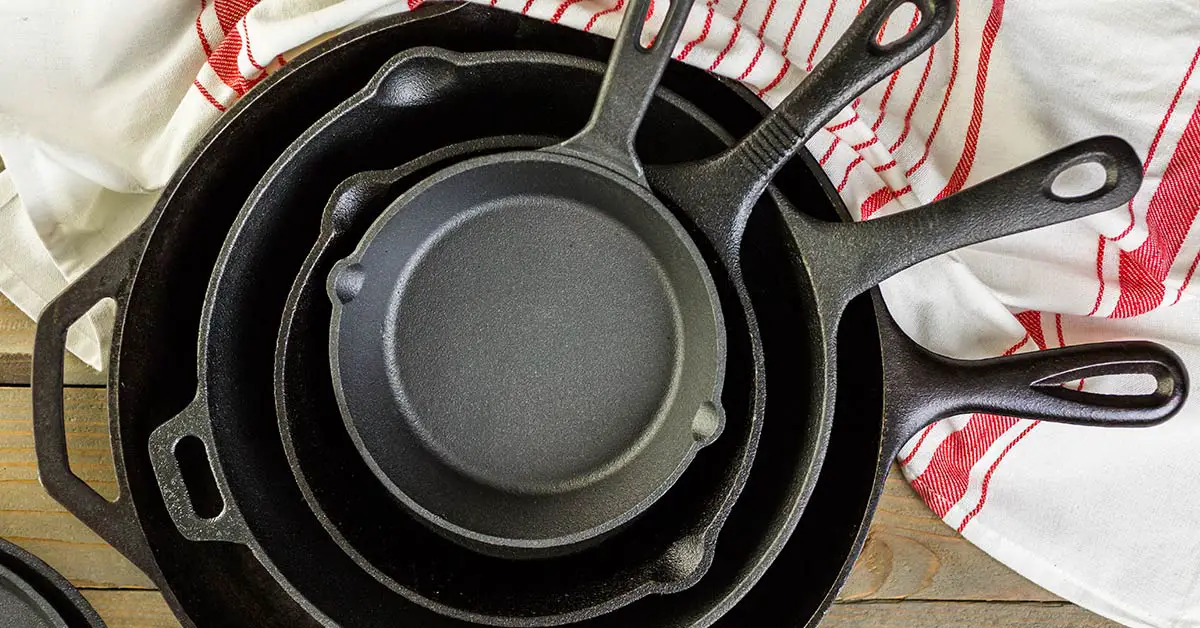Cast iron pans are quintessential. They are sturdy, versatile, and in a league of their own compared to other skillets. From crispy potato hashes, a beautiful sear on a steak, to baked goods, the cast iron is like a magical tool in the kitchen. However, with every great tool comes a lot of misconceptions, some of which could ruin your pot or pan. It’s time to separate the myths from the facts. Let’s begin debunking 7 myths about cast iron pans and skillets.
“Cast iron is hard to maintain”
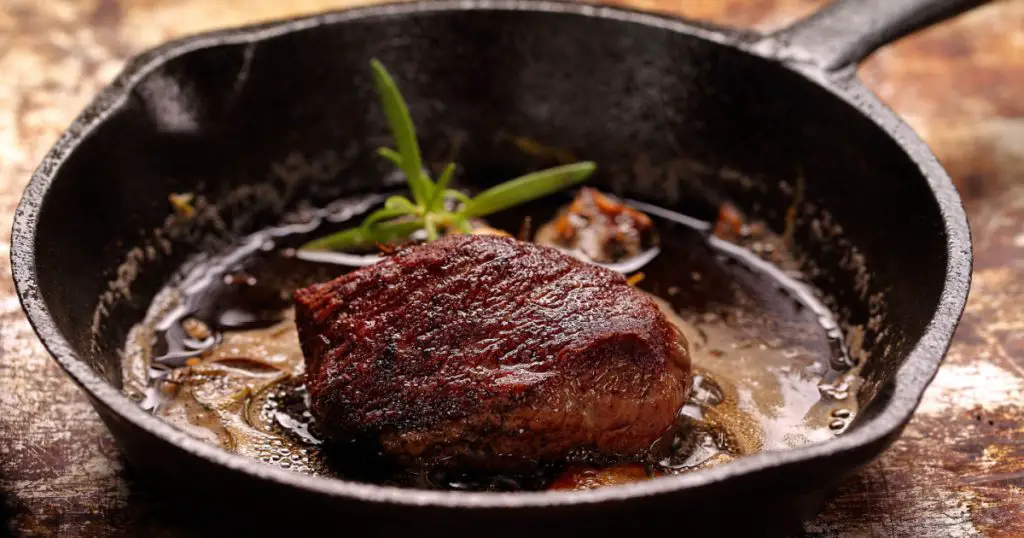
Many people assume that the material is fragile. They think it easily rusts, cracks, or chips, so it requires the utmost delicacy and care during use and storage. However, cast iron is actually tough and hardy. It’s built to last — and it does! While many old pans need to be seasoned after being purchased, many new versions come pre-seasoned. They come ready to cook and to cook for a long time. And don’t worry, the seasoning won’t chip off during use or in storage. “Go to an antique store, and you’ll see cast-iron pans that are 100 years old,” said J. Kenji López-Alt, the author of the cookbook, The Food Lab: Better Home Cooking Through Science. “It’s not a delicate flower but rather as tough of a material as you can get.” [1]
Read: The Internet Worked Together To Figure Out What This Mysterious Kitchen Tool Was
“Well-seasoned cast iron pans are completely non-stick“
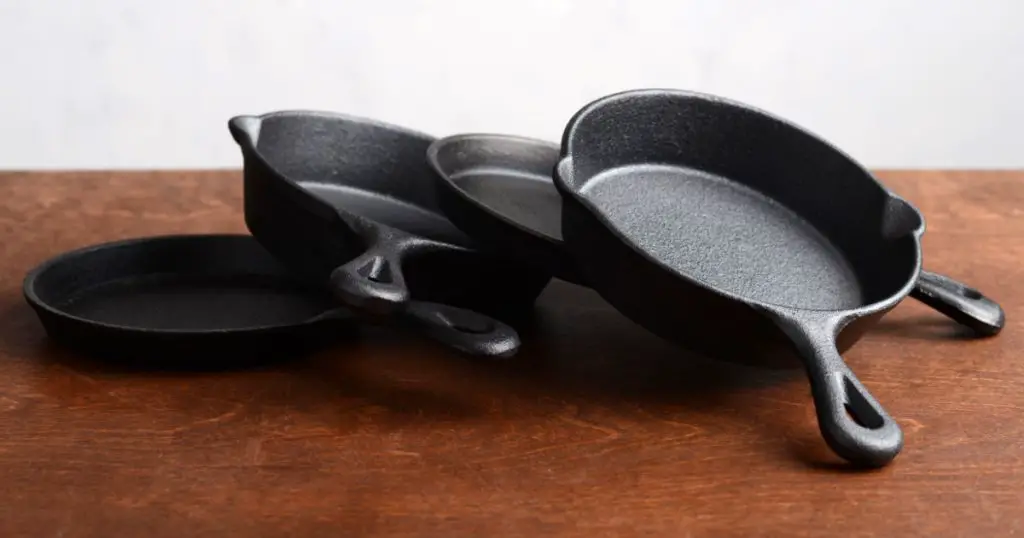
Some people think that if you season cast iron very well, it becomes the equivalent of a non-stick pan. This is giving the cast iron too much credit. Cast iron does have a non-stick quality; you can test that by frying an egg on it. However, it’s not as non-stick as Teflon. Still, you could prevent food from sticking to the pan by ensuring it is pre-heated before adding any food.
“Never wash cast iron with soap”
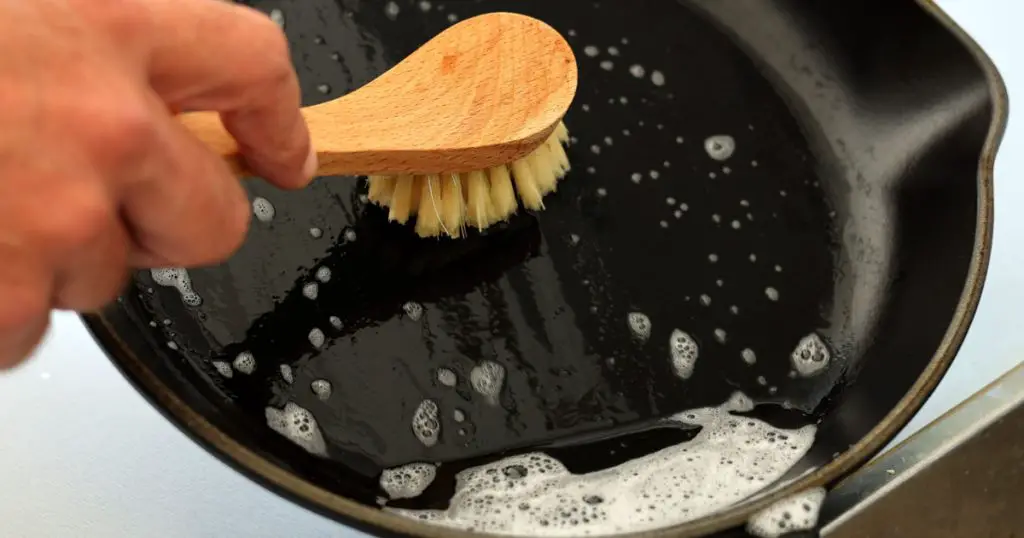
Since the process of seasoning involves coating the skillet with oil, soap could damage the seasoning. Right? Not quite. “The same way we can use soap inside a Tupperware container without taking the plastic away, you can use it on a cast-iron pan without removing the seasoning,” said Lopez-Alt. Seasoning isn’t just an oil coating, it’s a polymerized oil coating. To season a pan means rubbing it with oil and heating it numerous times. At that point, the oil has bonded to the surface of the cast iron, creating its non-stick effect, and it’s impervious to soap. So scrub it with suds without fear. [2]
“Never use metal utensils”
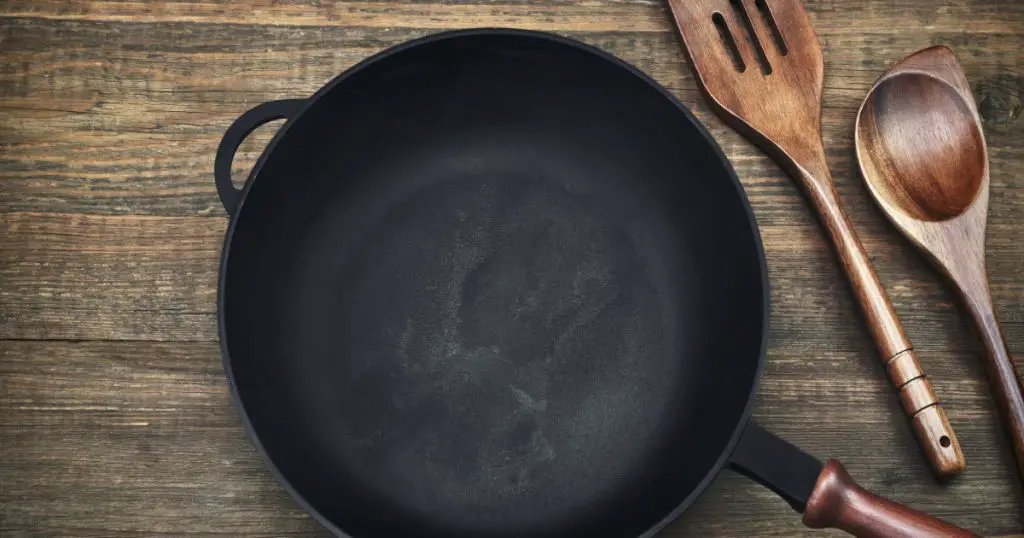
Some people are under the impression that metal spoons or spatulas could chip the seasoning on cast iron pans. They tend to use only wooden or nylon utensils. This isn’t the case. The seasoning has bonded to the cast iron and scraping it with a metal spoon won’t break that. [3]
Read: Handy Chart Shows You How Long You Can Freeze Different Foods
“Cast iron heats perfectly evenly”
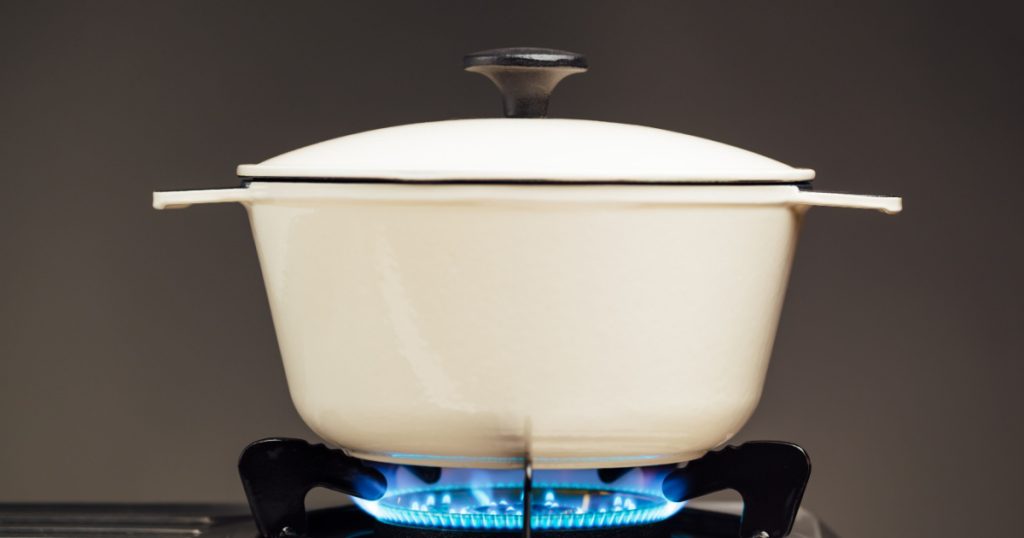
These pans are often used to sear a steak, so many people assume that it’s great at heating evenly overall. Unfortunately, this is not the case. You can see this for yourself. If you place a cast-iron skillet on a stove unit, the pan will heat in the center, right where the flames are, while the rest of the pan stays fairly cool. However, the perk of a cast skillet is that it’s capable of staying hot once it reaches a high temperature. That is why it’s perfect for searing meat. This feature could also be optimized for even heating. Simply let the pan preheat for about 10 minutes, giving it a rotation every so often, or heat it up in the oven for about 20 minutes. The pan will stay hot enough to cook evenly after that.
“Don’t use cast iron to cook acidic foods”
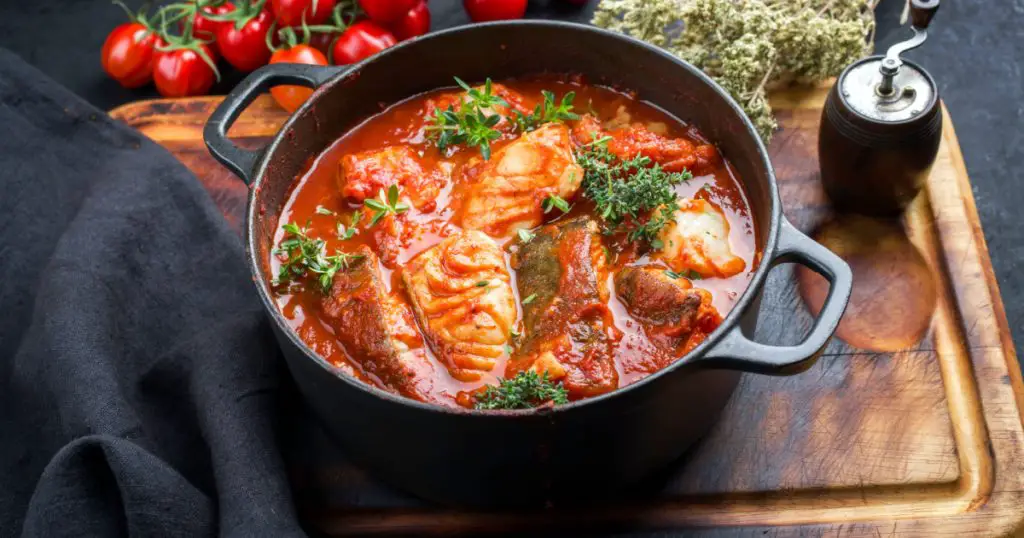
Many people are under the impression that acidic ingredients cause the metal to impart an off-taste on the cooked goods. This one is actually true. However, when cast iron is well-seasoned, the food only touches the layer of polymerized oil, not the metal. So cook acidic food without fear if you are sure about the quality of seasoning. Still, no one is perfect and neither are pans. There could be a spot of bare metal that could negatively react with acidic ingredients. Therefore, avoid simmering acidic things like tomato sauces, but a little acid like adding wine to chicken won’t do any harm.
“New cast iron skillets are as good as old ones”
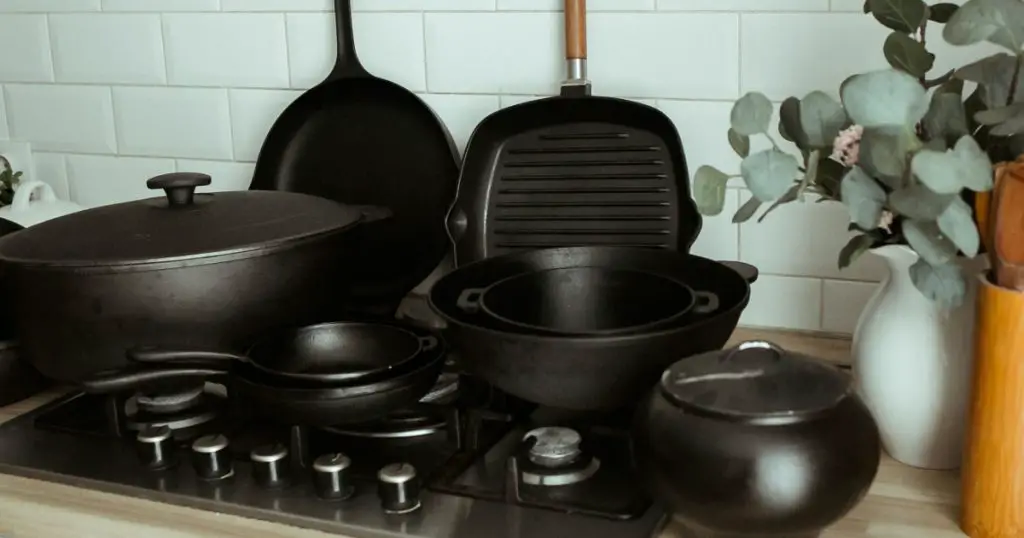
It’s all cast iron; what’s the difference? True, the material is the same but they are produced differently. Back in the day, cast iron pans were cast in sand-based molds. Then the pan was polished until smooth and satiny. However, modern cast iron skillets skip the polishing step, leaving their bumpy texture. The good news is the surface, whether smooth or bumpy, doesn’t matter as long as it is well-seasoned. Still, the old cast irons are more non-stick, but there’s no bigger change than that. So. enjoy your new-fangled cast iron skillet and all of the delicious dishes it creates!
Keep Reading: The Salary You Need to Be Paid in Every State to Afford an Average Home
Sources
- “Looking to buy a new cast-iron pan? Here are 6 common cookware myths decoded.” Today. Andrea Lynn. October 26, 2015.
- “How to Clean and Care for a Cast Iron Pan.” Food Network.
- “The Truth About Cast Iron Pans: 7 Myths That Need To Go Away.” Serious Eats. J. Kenji Lopez-Alt. May 28, 2020.
